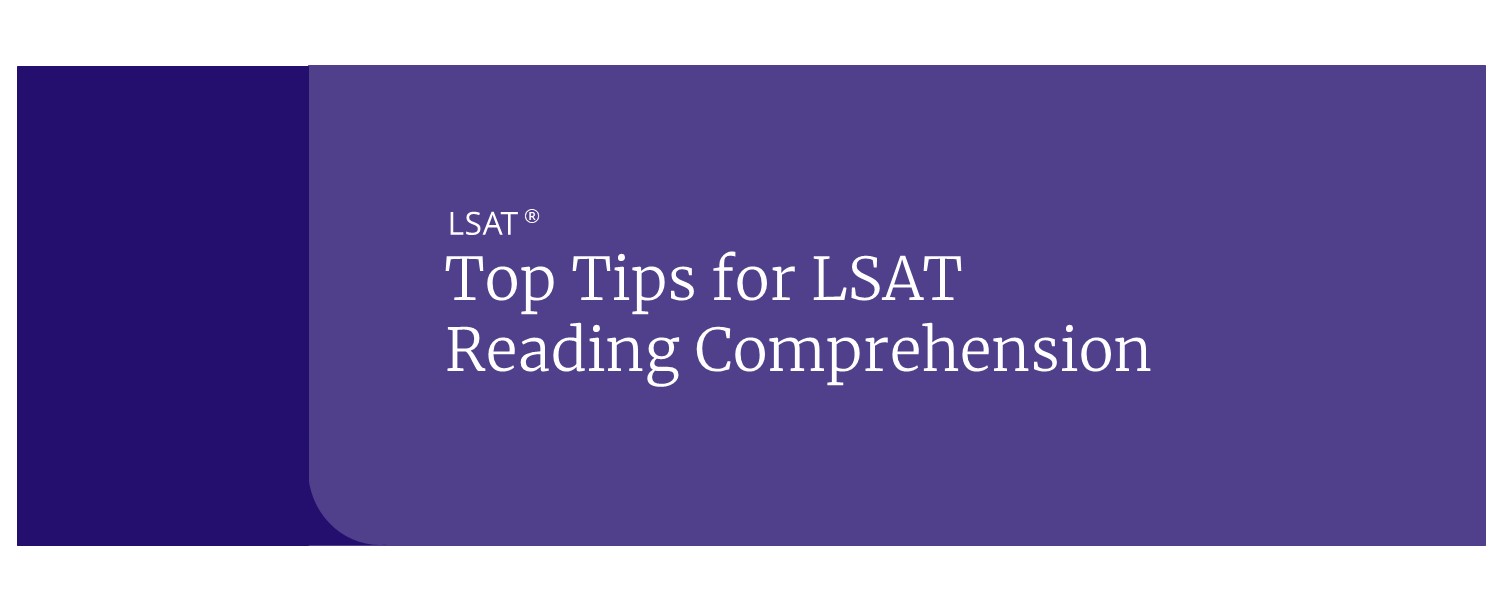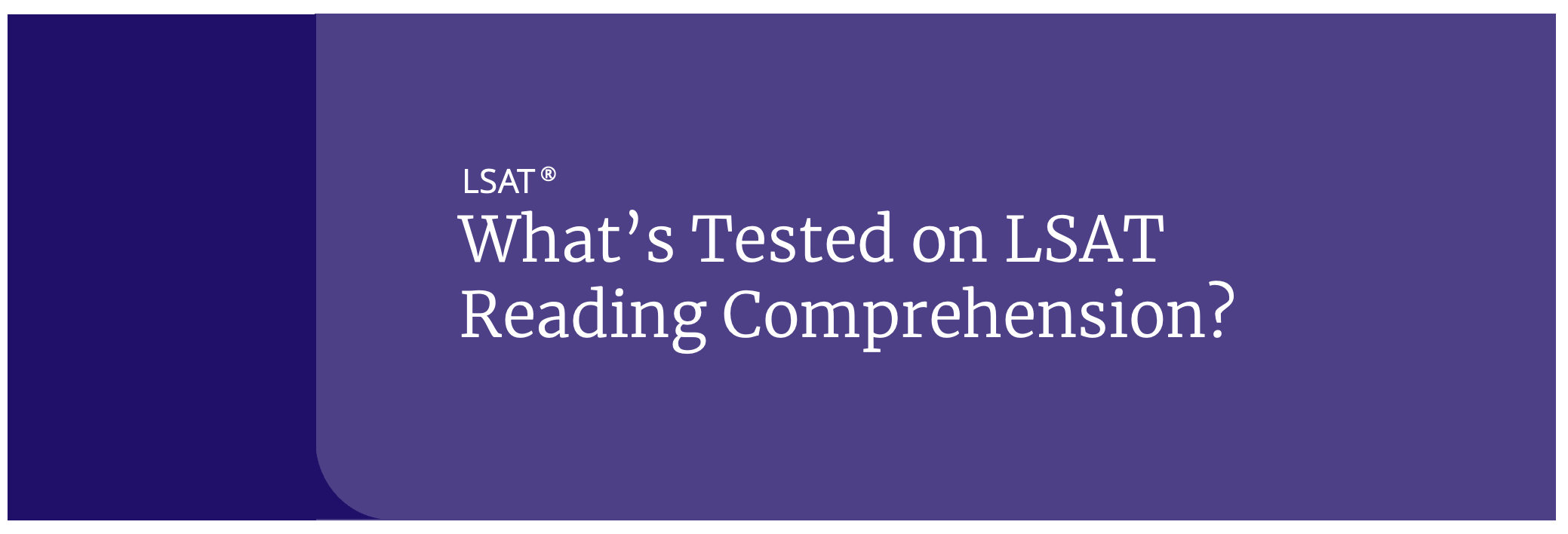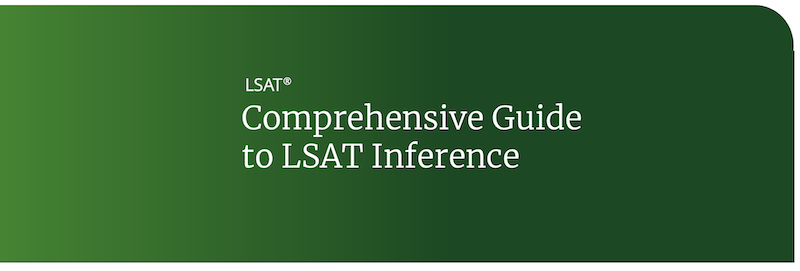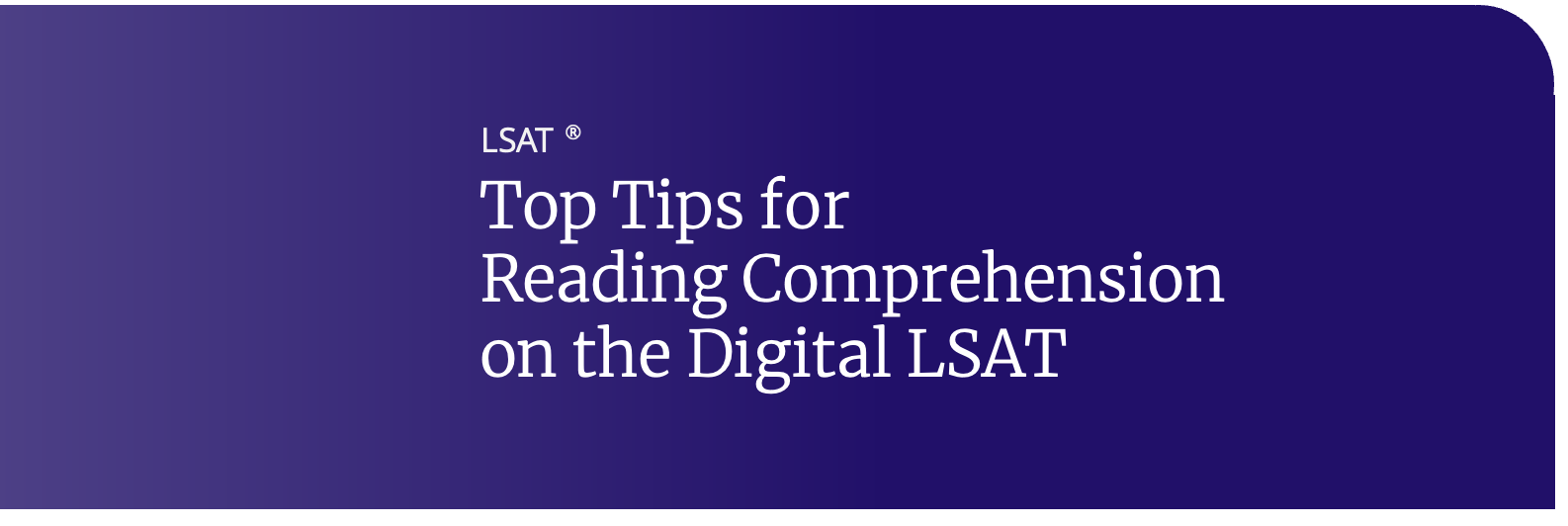Top Tips for LSAT Reading Comprehension
Reading Comprehension (RC) on the LSAT is a learned skill and better scores on this section of the LSAT are eminently achievable by anyone willing to work at it. Whereas better scores in the Logical Reasoning section can sometimes feel easier to achieve by simply practicing LSAT questions repeatedly, there are no “shortcuts” for LSAT RC – it all comes down to strategy.
Here are 6 strategic tips that will help you turn a bad LSAT score into a good LSAT score.
Reading Comprehension Passage Types
Within each passage, focus on answering the following questions:
- What’s the big picture focus?
- What is/are the author’s conclusion(s)?
- Are there other points of view that agree or disagree with the author’s conclusion(s)?
- How is the passage organized?
The LSAT Reading Comprehension section features four passages with a variety of topics and writing styles. The paired reading style and humanities passage can cause many to struggle. Here are the basics for excelling at these Reading Comprehension passage types.
Paired Passages
When you arrive at the Reading Comprehension portion of the LSAT, you’ll notice that one of the four sets of questions refers to a set of two “paired passages,” each by different authors, rather than to a single, more lengthy passage. (Note that LSAC routinely provides one set of “paired passages” per exam, but — as with a number of facts about the exam — it leaves open the possibility of more than one set appearing at some point.)
First, when encountering “paired passages,” don’t be intimidated by the potential length of the pair! Each is shorter than the other three passages in the section; in fact, the length of both passages combined typically equals the length of one of the longer sections. You may even want to approach the pair first, as they often deal with “easier” subject matter than the longer passages, which can be denser and involve more detailed or difficult information.
The set of “paired passages” and their related questions should be attacked similarly to single Reading Comprehension passages, with one primary — and vitally important — difference: the need to compare and contrast. When reading and marking the pair, you should pay particular attention to the interaction, as well as the similarities and differences, between the passages.
If possible, it is initially helpful to address the passages — and their corresponding questions — separately. After briefly skimming and marking the questions, try to read and answer those questions solely related to the first passage — should any appear — then move on to the second passage in a similar fashion. At this point, you should have detailed knowledge of both passages and the major issues associated with each. Though you may need to quickly re-read the pair, you are now prepared to tackle those questions relating to both passages with the knowledge and confidence necessary to succeed.
Humanities Passages
Of the four sections in the LSAT’s Reading Comprehension portion, one will focus on humanities-related themes such as authors, philosophers, art, etc. To some test-takers, these “softer”-seeming subjects may in fact appear daunting, densely packed with richer description and a more elaborate writing style than, for example, those passages dealing with the sciences. If you are one of these test-takers (perhaps a math or science major more used to numbers than narration), remember that you do not need to know anything outside of the information provided in the passage in order to successfully answer the corresponding questions. You are fully equipped with the material required to arrive at correct answers.
Conversely, test-takers accustomed to the humanities — those who light up at the thought of a class in ancient philosophy or modern English writers — may anticipate such a passage to be a comfortable respite from a section filled with less familiar passages on the sciences or legal issues. They should, however, be sure not to answer based on outside information, and instead focus specifically on those assertions contained directly within the material provided.
Regardless of your area of expertise, remember to read humanities passages — though they may seem quite different — similarly the way in which you might read an unfamiliar science or law passage: pay close attention to the topic, main and important supporting ideas, and structure of the passage, and avoid getting bogged down in the perhaps more complex language or unfamiliar subjects examined in the passage. Instead, read confidently, at an appropriate speed, and mark important points as you would with any other type of passage.
Wrong Answer Types for Reading Comprehension
As you practice for the LSAT, you’ll notice that wrong answer choices on the LSAT Reading Comprehension follows predictable patterns. For example, we know correct choices on the LSAT will be within the scope of the passage, fit the tone of the passage, and accurately reflect the information found in the passage. Incorrect choices, therefore, can usually be categorized as either (1) out of scope, (2) extreme, or (3) a distortion. Learning how to recognize and eliminate distortions will save you valuable time on your LSAT Test Day and will lead you to better scores.
Distortions on the LSAT are typically obviously a “twist” of the information presented in the passage, or they are “half-right,” meaning they contain one clause or phrase that is accurate, but also include a phrase or clause that is false.
How To Spot Distortions
- Put the answer choices in your own words. Simplify each choice by “dumbing it down” into your own words.
- Consider the differences in scope. What does Choice A offer that Choice B doesn’t? What do they each FOCUS on?
- Look at the diction. What words are used to construct each answer choice – any “keywords” that stand out to you? Look at qualifiers like “could,” “would,” “may be,” etc. They can often give you valuable clues!
- Consider the specificity of the question. It could be possible that you have it down to two answer choices, and it just so happens that neither is a distortion! How can this be true? If they are BOTH accurate statements regarding the passage, but only one choice answers the specific question at hand. In this instance, the wrong choice will be the “right choice/wrong question.”
With time and practice, reading comprehension doesn’t have to be a drag on your score; start early, work diligently on your note-taking and review, and reap the benefits of your efforts on test day.
LSAT Reading Comprehension Questions Strategy
Your main goals when encountering the reading comprehension questions should be the following:
- First, get the gist of the question—zero in on the main idea of what’s being asked.
- Anticipate answers wherever you can.
- Finally, eliminate obvious wrong answers that don’t fit the larger picture of what the passage is about.
Avoid these common mistakes that test takers make while answering the questions:
LSAT Reading Comprehension Section Strategy
Your main goals in approaching the LSAT reading comprehension section as a whole should consist of the following:
- Order the passages from easiest to most difficult.
- Be sure to get through every one of the passages.
- Stay focused.
Avoid these common mistakes made by test takers in approaching this section of the LSAT overall:




